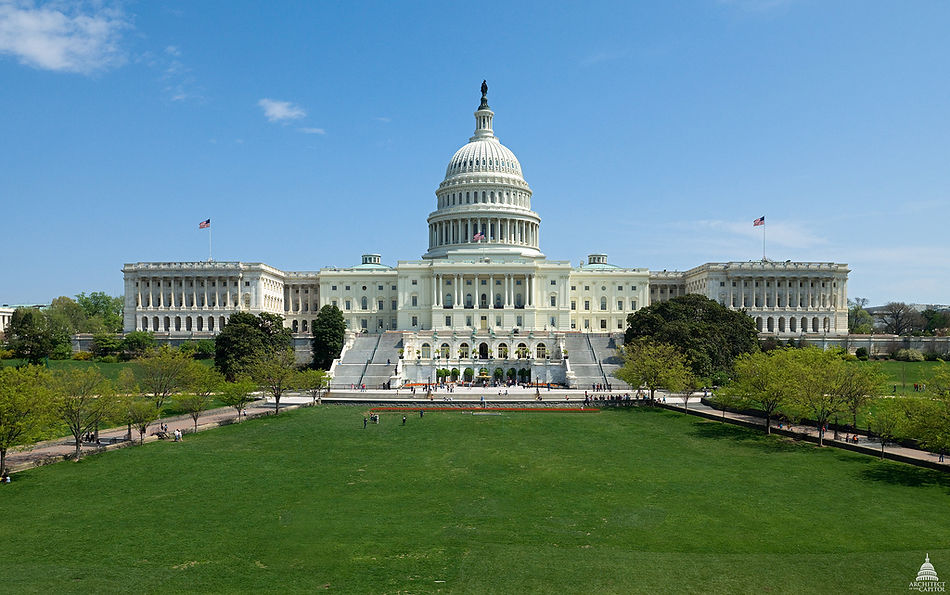In this unit we will learn about America's constitutional government at the national level. The United States Constitution defines the structure and powers of the national government.
National Level of Government
The Power of Three
Legislative, executive, and judicial powers of the national government are distributed among three distinct and independent branches of government. This division of power into separate branches is called separation of powers.

Legislative Branch: The Power to Make Laws
Article I
Section 1 "All legislative Powers herein granted, shall be vested in a Congress, which shall consist of a Senate and House of Representatives."
Congress is a bicameral legislature. That means it has two houses; not literal houses, they're more like rooms. These rooms are most likely bigger than the houses we live in.

Article II
Executive Branch: The Power to Carry Out the Laws
Section 1 "The executive power shall be vested in a President of the United States of America."
The executive branch of government is headed by the President of the United States, the chief executive officer (C.E.O.) of the nation.
Official White House photo by Pete Souza
The executive branch prepares the annual budget for congressional action. Congressional action? What does Congress do with the budget?
Inforgraphic by CNN Your Money.


Official White House photo by Chuck Kennedy
The executive branch of government includes the President's Cabinent, ambassadors, agencies, and regulatory groups. The President leads these groups to carry out the laws made by Congress.
Click the "O" to find out more about the
roles the president must fulfill as the
most recognized elected leader in America.
Art by Alex Ross. Cppyright is his. Click here for more information.







